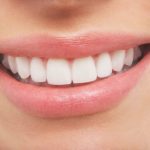Pacifier Teeth: What They Are and How to Identify Them
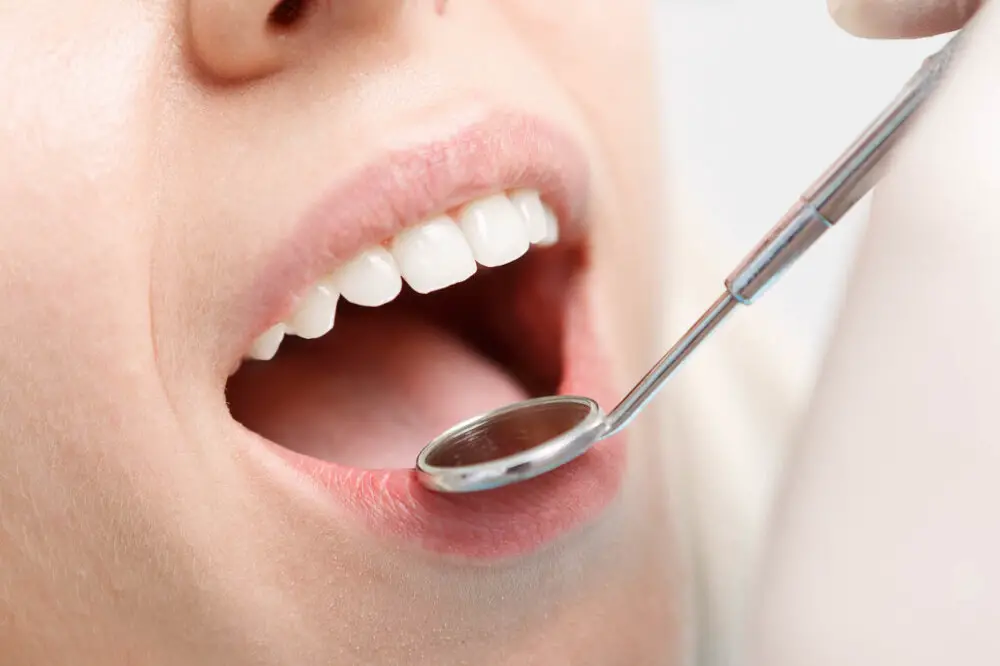
Pacifiers have been a common soothing tool for babies for years. They are used to calm down infants, help them fall asleep, and even reduce the risk of Sudden Infant Death Syndrome (SIDS). While pacifiers may seem harmless, they can have negative effects on a baby’s teeth if not used properly. In some cases, pacifiers can cause “pacifier teeth,” which are a series of dental problems that can affect a child’s oral health in the long run. In this article, we will discuss what pacifier teeth are, how to identify them, and what parents can do to prevent them from happening. Pacifier teeth are a type of dental condition that can occur when a child uses a pacifier for an extended period of time. Pacifier teeth can cause a variety of dental problems, including misaligned teeth, an overbite, and a narrow palate. These problems can lead to speech difficulties, difficulty biting and chewing, and even breathing problems in severe cases. Identifying pacifier teeth can be challenging, as the symptoms may not be immediately apparent. However, there are several signs that parents can look out for, including changes in the alignment of teeth, difficulty speaking or swallowing, and mouth breathing. By understanding the signs of pacifier teeth and taking steps to prevent them, parents can help ensure their child’s oral health and overall well-being.
Pacifier teeth are a dental condition that occurs when a child’s prolonged use of a pacifier leads to the misalignment or displacement of their teeth. These teeth are often characterized by a narrow gap between the front teeth and a protruding upper row of teeth. They can also lead to other dental problems such as an overbite or an open bite. Although pacifiers can soothe fussy infants, extended use can create a negative impact on the development of their teeth and oral cavity. It is recommended that parents discourage the use of pacifiers after the age of two to prevent the occurrence of pacifier teeth. Regular dental check-ups and early identification of pacifier teeth can help in correcting the problem before it worsens.
What are Pacifier Teeth?
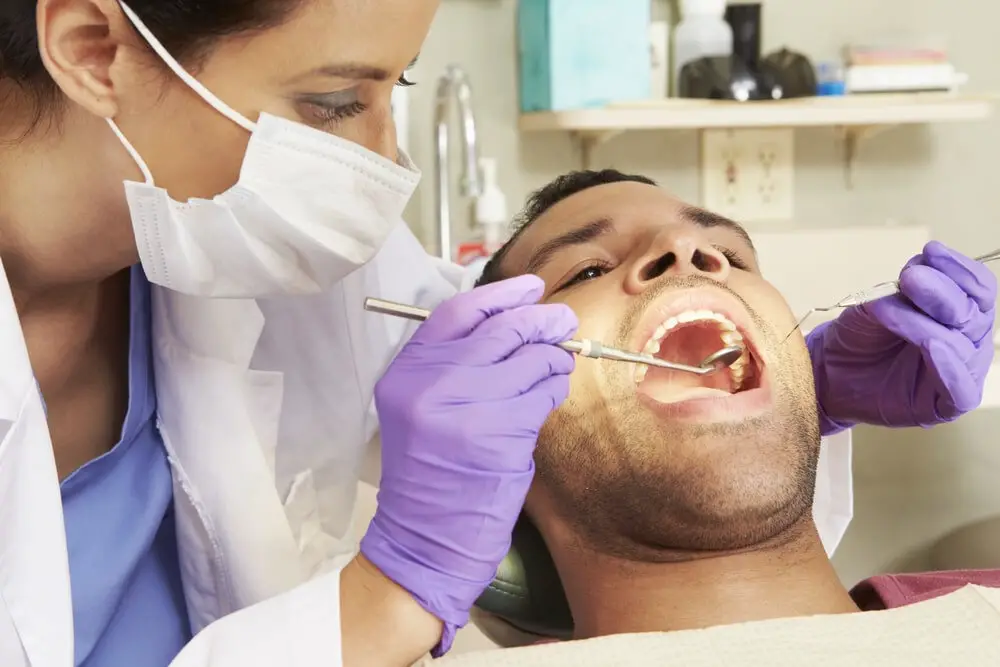
Pacifier teeth are a dental condition that arises when children develop abnormal teeth positioning due to excessive use of pacifiers. It is a common issue that affects children aged between two to four years old. Pacifiers are a great comfort for babies, but when used for extended periods, they can have a negative impact on the child’s teeth. Prolonged pacifier use can cause the teeth to shift, resulting in misaligned teeth, a narrow palate, and other dental problems. In some cases, pacifier teeth can cause a gap between the front teeth that may need orthodontic intervention to correct. Identifying pacifier teeth is quite easy since they are characterized by the teeth’s misalignment, which can cause several dental issues. Parents should observe their child’s teeth regularly to identify any abnormal positioning or alignment. Misaligned teeth may cause difficulty in chewing, biting, and speaking, which can affect the child’s development. Children with pacifier teeth may require orthodontic treatment to correct the issue, which can be expensive. Therefore, it is essential to limit the use of pacifiers and wean children off pacifiers early to prevent the development of pacifier teeth.
Pacifier teeth refer to the dental condition that occurs when a child uses a pacifier for an extended period. This habit causes the child’s teeth to shift forward, resulting in a misaligned bite and an overbite. The pressure from the pacifier can also cause the front teeth to become more prominent and create a gap between the front teeth. Pacifier teeth are usually identified by the characteristic dental malocclusion, which can be easily spotted by a dentist. It’s important to recognize and address this issue early to avoid further dental problems and ensure that the child’s teeth develop normally.
Pacifier teeth are a common dental issue seen in young children who use pacifiers for an extended period. The constant sucking motion of the pacifier can disrupt the natural growth and development of the teeth, leading to misalignment or malocclusion. The pacifier can also cause changes in the shape of the palate, resulting in a high and narrow palate. This can lead to speech problems and difficulty in breathing. Additionally, the prolonged use of pacifiers can create a breeding ground for bacteria, leading to tooth decay and gum disease. It is essential to identify the signs of pacifier teeth early on and take appropriate measures to prevent any further damage.
Pacifier teeth, also known as \bottle mouth\ or ursing caries,\ are teeth that have been affected by prolonged and excessive use of pacifiers or bottles. Unlike normal teeth development, pacifier teeth tend to be misaligned, crooked, and discolored. They may also have a higher risk of decay, as the constant sucking motion can cause the teeth to weaken and become more vulnerable to bacteria and acids in the mouth. This can lead to cavities and other dental problems that can affect a child’s overall health and well-being. Parents and caregivers must be aware of the potential risks associated with pacifier use and implement proper oral hygiene practices to prevent and treat pacifier teeth.
How to Identify Pacifier Teeth

Pacifier teeth, also known as dental malocclusion, is a condition that occurs when a child’s teeth become misaligned due to prolonged use of a pacifier. The prolonged use of a pacifier can cause the teeth to shift out of position, causing problems with the child’s bite and overall dental health. Dental malocclusion can be identified by a variety of symptoms, including the appearance of gaps or spaces between the child’s teeth, a noticeable overbite or underbite, and difficulty speaking or eating properly. Additionally, parents may notice that their child’s teeth are not aligning properly when they are brushing their child’s teeth or when they are examining their child’s mouth. If parents suspect that their child has pacifier teeth, it is important to consult with a pediatric dentist as soon as possible. A pediatric dentist can examine the child’s mouth and teeth and recommend appropriate treatment options. Treatment options for dental malocclusion may include orthodontic appliances, such as braces, or surgery in more severe cases. In addition to seeking treatment, parents can also help prevent the development of pacifier teeth by limiting the amount of time their child spends using a pacifier and encouraging proper dental hygiene habits, such as brushing and flossing regularly. By being aware of the signs and symptoms of dental malocclusion and taking proactive steps to prevent and treat the condition, parents can help ensure their child’s overall dental health and wellbeing.
Pacifier teeth, also known as anterior open bite, is a dental condition where the front teeth of a child’s upper and lower jaw do not meet when they bite down. Parents should watch out for signs such as prolonged pacifier use, thumb sucking, or tongue thrusting, as these can all contribute to the development of pacifier teeth. Other symptoms may include difficulty biting and chewing, speech impediments, and changes in facial appearance. If left untreated, pacifier teeth can lead to further dental problems and even affect a child’s self-esteem. Therefore, parents should consult a pediatric dentist as soon as possible if they suspect their child has pacifier teeth.
Pacifier teeth are a unique dental condition that occurs due to prolonged and intense use of a pacifier or thumb-sucking habit. These teeth have distinct characteristics that set them apart from other dental issues. They are typically misaligned, with the upper front teeth protruding outward and the lower front teeth tilting inward. The child’s bite may also be affected, with an open bite commonly observed. Additionally, pacifier teeth may be accompanied by changes in the shape and size of the child’s palate and jaw. To distinguish pacifier teeth from other dental problems, it is essential to visit a pediatric dentist who can perform a thorough examination and provide an accurate diagnosis. Early intervention can prevent further complications and ensure optimal dental health for your child.
Risks and Complications
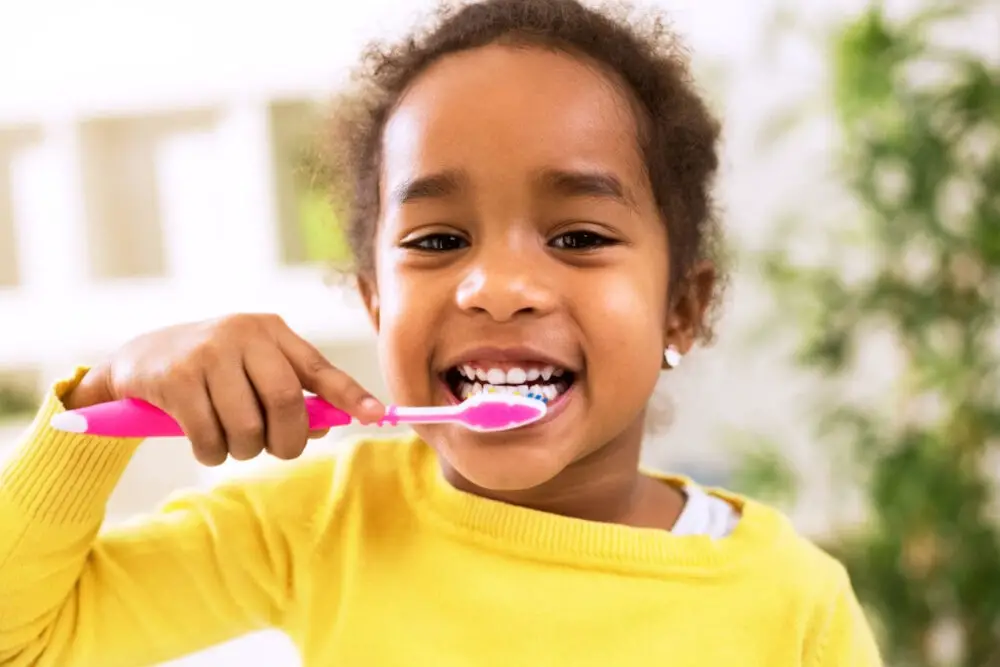
One of the major risks associated with pacifier use is the development of dental problems, commonly known as pacifier teeth. This occurs when children use pacifiers for prolonged periods of time, causing their teeth to shift and become misaligned. This can lead to problems with biting, chewing, and speaking, as well as other dental issues such as tooth decay and gum disease. In severe cases, corrective measures such as braces or surgery may be required to fix the damage caused by pacifier use. In addition to dental problems, pacifiers can also pose a choking hazard, especially if they break or become dislodged. Infants and young children are particularly vulnerable to choking, as they may not be able to cough or remove the pacifier themselves. Parents should always supervise their children when they are using pacifiers and be aware of any signs of choking or distress. It is also important to regularly inspect pacifiers for signs of wear and tear, such as cracks or holes, and replace them as needed to ensure the safety of your child.
Pacifier teeth are a type of dental problem that can occur in children who have a prolonged habit of sucking on a pacifier. One of the potential risks of pacifier teeth is that they can cause the child’s front teeth to shift forward, creating a protruding appearance. This can lead to bite problems and difficulty chewing food properly. Additionally, children with pacifier teeth may be more prone to tooth decay and gum disease due to the misalignment of their teeth, which makes it difficult to brush and floss properly. In severe cases, corrective dental treatment, such as braces or surgery, may be necessary to correct the issue. Therefore, it is important to identify pacifier teeth early on and take steps to address the habit to prevent further complications.
The long-term effects of pacifier use on oral health have been a topic of concern for parents and dental professionals alike. Studies have shown that prolonged and frequent use of pacifiers can lead to a condition known as pacifier teeth, where the front teeth become misaligned due to the constant pressure from the pacifier. This can also cause changes in the shape of the palate and affect the development of the jaw, leading to potential speech and breathing problems. It is important for parents to monitor their child’s pacifier use and encourage weaning off the pacifier at an appropriate age to prevent these potential oral health issues.
Prevention and Treatment
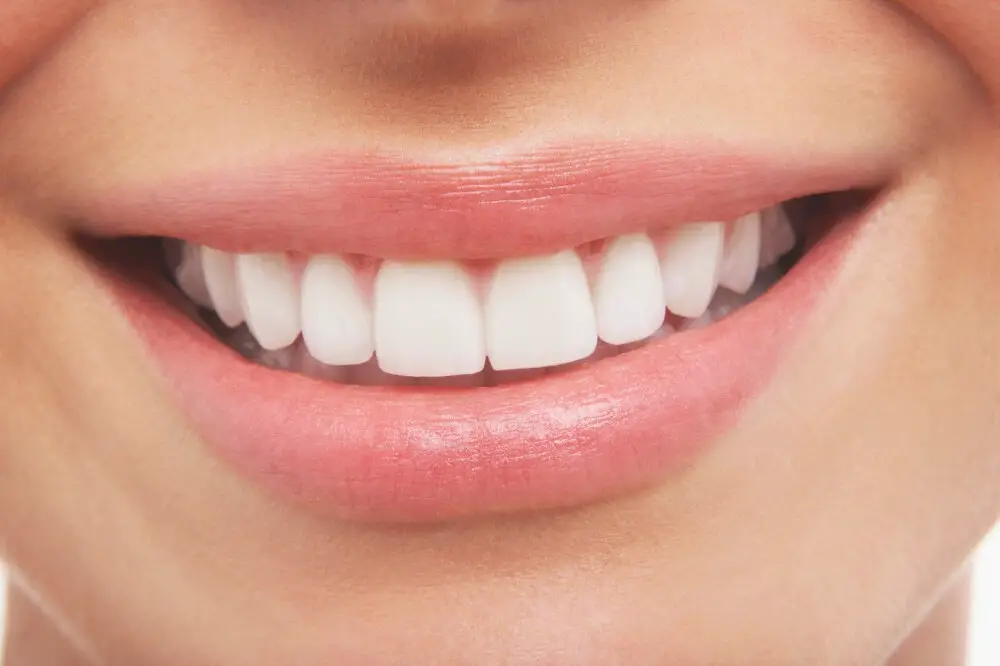
Prevention and treatment of pacifier teeth may depend on various factors such as the age of the child, the intensity of the habit, and the severity of the dental damage. One of the most effective ways to prevent pacifier teeth is to encourage the child to quit the habit gradually. This can be done by reducing the frequency and duration of pacifier use over time. Parents can also introduce alternative soothing methods such as cuddling, singing, or playing soft music. In some cases, a child’s need for sucking may indicate an underlying medical condition or emotional stress. Therefore, it is essential to consult a pediatrician or a dentist to identify and address any underlying issues. In terms of treatment, the extent of dental damage may determine the type of intervention required. Mild cases of pacifier teeth may improve over time with cessation of the habit and regular dental check-ups. However, moderate to severe cases may require orthodontic treatment such as braces or aligners to correct any misalignment or crowding of teeth. In some cases, dental restorations such as fillings or crowns may be necessary to repair damaged teeth. Therefore, it is crucial to seek professional dental care if there are any concerns about a child’s dental health, including pacifier teeth.
Pacifiers are a common tool used by parents to soothe their fussy babies, but they can also cause a condition known as pacifier teeth. This is a dental problem in which the front teeth become misaligned, causing an overbite or an open bite. To prevent this from happening, it is important to limit pacifier use. Parents should avoid giving pacifiers to children who are over two years old, as this is when their teeth and jaws are developing rapidly. Additionally, children should never be allowed to fall asleep with a pacifier in their mouth, as this can cause prolonged pressure on the teeth and jaw. Finally, parents should encourage their children to use a sippy cup or straw cup instead of a bottle, as prolonged bottle use can also lead to pacifier teeth. By following these tips, parents can help their children avoid this dental problem and promote healthy oral development.
When it comes to treating pacifier teeth in children, there are a few options available. The first step is to stop the use of the pacifier as soon as possible to prevent further damage. Depending on the severity of the issue, orthodontic treatment such as braces or a palate expander may be necessary to correct the misalignment. In some cases, a dentist may also recommend tooth extraction to make room for the other teeth to shift into their proper position. It’s important to address pacifier teeth early on to avoid more complex and costly treatment in the future. Parents should also encourage good oral hygiene habits such as brushing and flossing to prevent further damage and maintain healthy teeth.
In summary, pacifier teeth are a dental condition that can occur when a child uses a pacifier beyond the recommended age. This can cause misalignment of the teeth, changes to the shape of the roof of the mouth, and even affect speech development. Identifying pacifier teeth is relatively easy, as the front teeth will typically protrude forward and be misaligned. Parents can prevent pacifier teeth by limiting pacifier use and weaning their child off of them by the age of two. If pacifier teeth do occur, early intervention from a dentist is recommended to prevent further damage and correct any misalignment.
It is essential for parents to seek dental care for children with pacifier teeth as early as possible. Pacifier teeth can cause significant misalignment, bite problems, and other dental issues if not addressed promptly. These teeth typically appear smaller and flatter with a more pointed tip due to prolonged pacifier use. Early intervention can prevent further damage to the child’s developing teeth and jaw, ensuring proper oral development and healthy adult teeth. A pediatric dentist can provide comprehensive care, including guidance on pacifier weaning and corrective treatments such as orthodontics if necessary. Seeking dental care for children with pacifier teeth is crucial to ensure optimal oral health and prevent long-term dental problems.
Conclusion
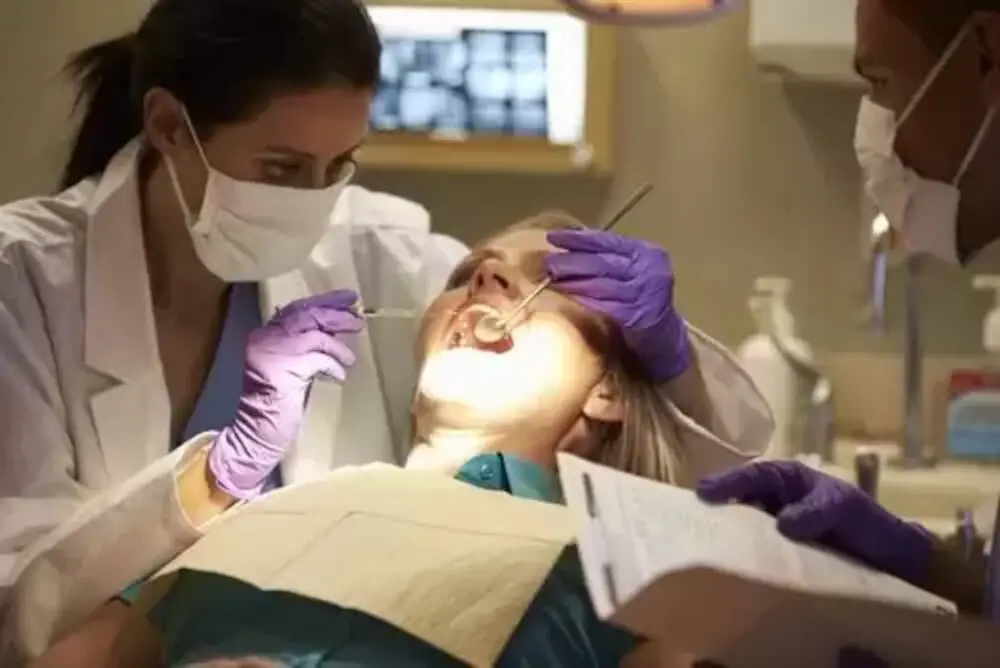
In conclusion, pacifier teeth are a dental condition that can occur when a child overuses a pacifier or thumb-sucking. It is important for parents and caregivers to be aware of the signs and symptoms of pacifier teeth, such as dental misalignment and a narrow palate. Early identification and intervention can help prevent long-term dental issues and promote optimal oral health for children. It is recommended that parents limit pacifier use and encourage other soothing techniques, such as cuddling or singing, to prevent pacifier teeth. By being proactive and informed, parents can help their children maintain healthy teeth and a happy smile.


